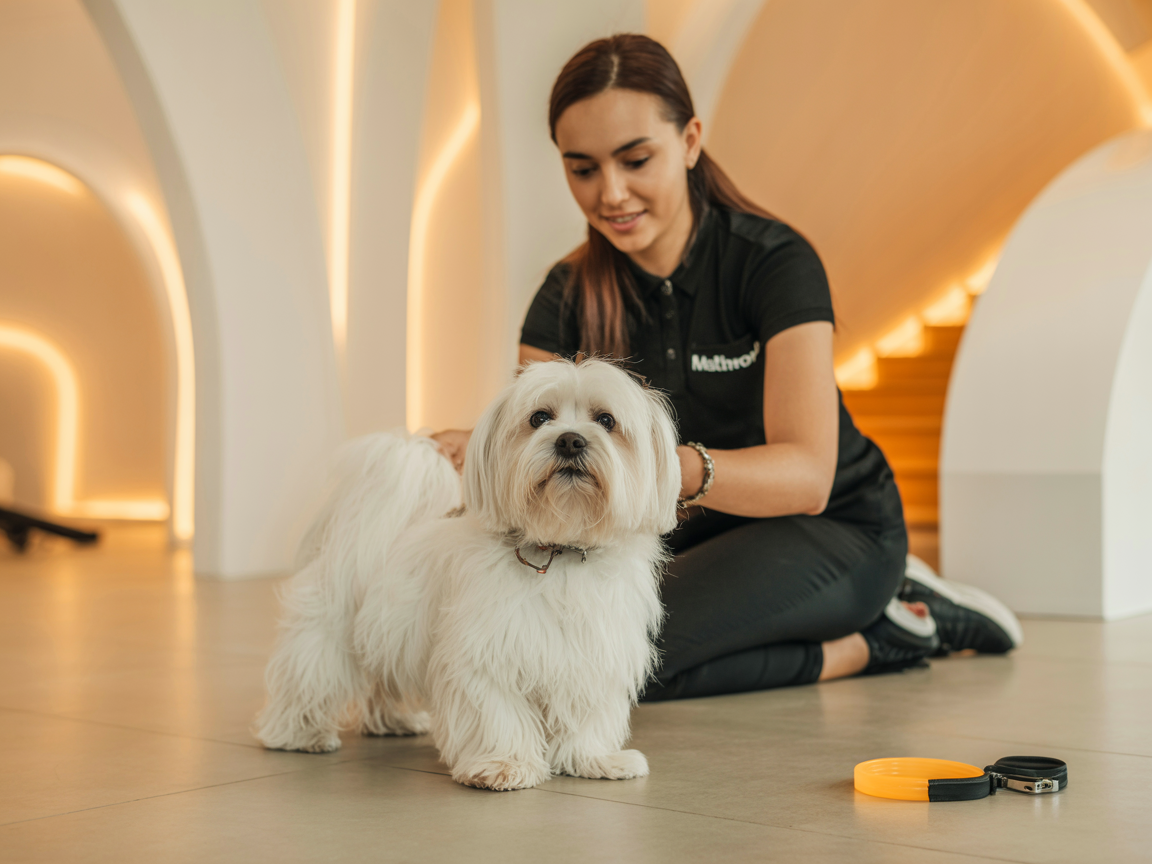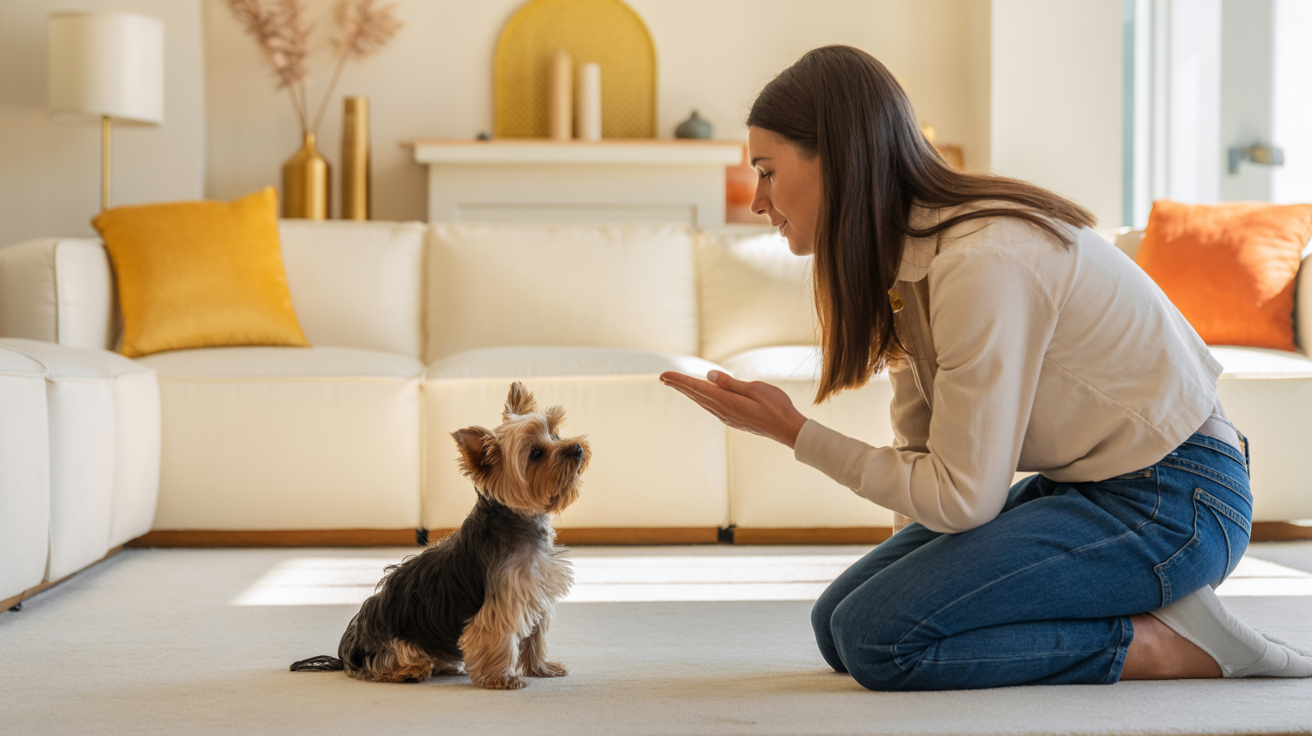
Havanese Training: The Complete Beginner's Guide

Havanese Training: The Complete Beginner's Guide
Havanese dogs are intelligent, eager to please, and naturally social, making them excellent candidates for training. This Cuban breed's gentle nature and intelligence make them wonderful family companions when properly trained.
Understanding the Havanese Temperament
Personality Traits:
Training Fundamentals
Start Early
Begin training as early as 8 weeks old, but adult Havanese can certainly learn new behaviors too.
Use Positive Methods
Essential Commands for Havanese
1. Basic Obedience
**Sit, Stay, Come, Down**: Foundation commands that every Havanese should know.
2. House Training
3. Leash Training
Addressing Common Challenges
Separation Anxiety
Havanese are companion dogs who can develop separation anxiety:
Excessive Barking
While generally not excessive barkers, they may alert bark:
Socialization
Critical Socialization Period:
Advanced Training
Mental Stimulation Activities:
Training Schedule
Daily Training Goals:
Conclusion
Havanese dogs are delightful training partners who thrive with consistent, positive instruction. Their intelligence and eagerness to please make them excellent students when training is approached with patience, consistency, and lots of positive reinforcement.
*Remember that every dog is an individual. Adjust your training approach based on your Havanese's personality and learning style.*
Found This Helpful?
Join our community of toy dog lovers for more expert tips and advice!
Read More Articles